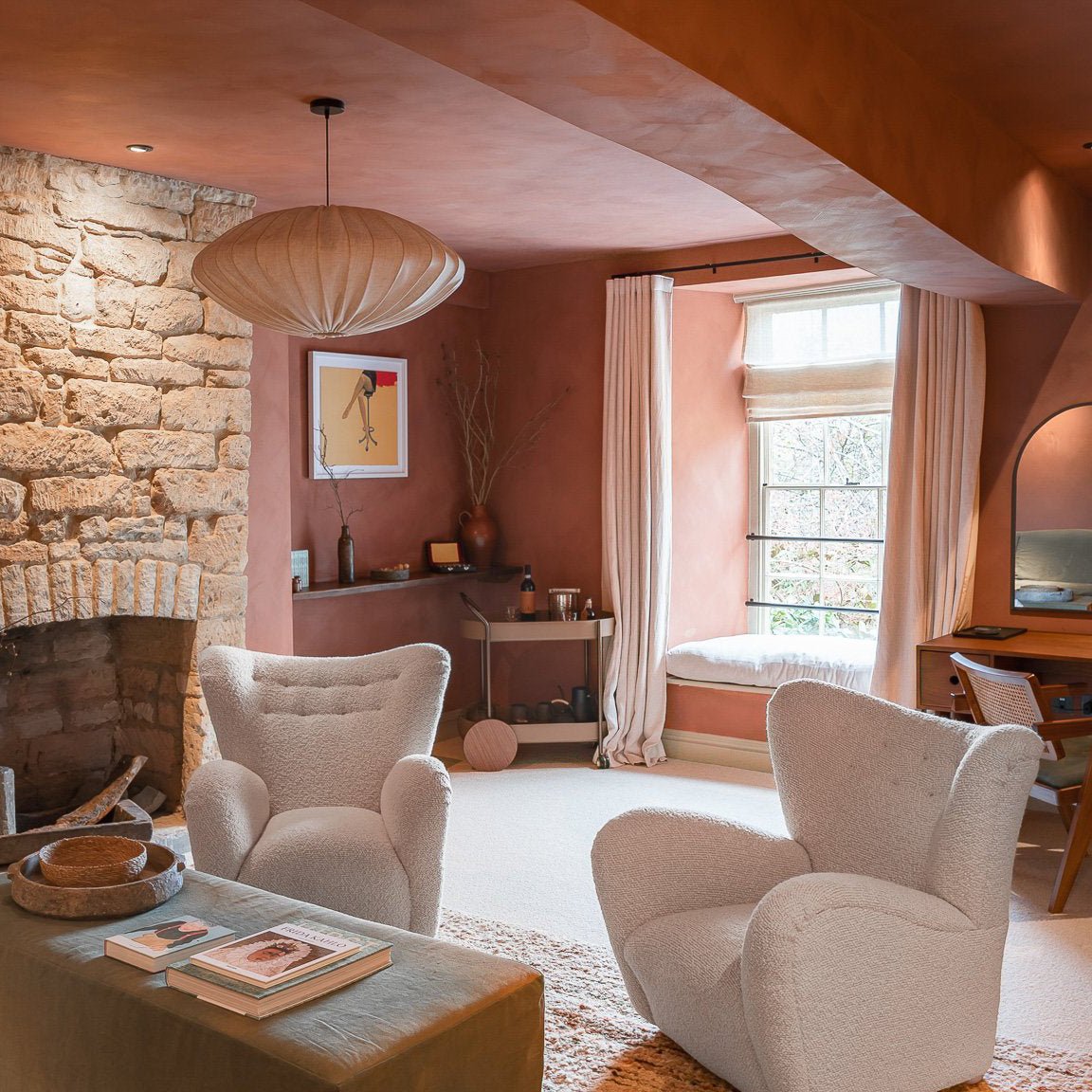MUSINGS, INSPIRATIONS, RECIPES, FEATURES & MORE
LATEST / INTERIORS INSPIRATION / COUNTRY & PERIOD HOUSE GUIDES / MUSINGS / SUSTAINABILITY / FEATURES / HEALTHY LIVING
LISTED BUILDINGS IN THE UK: A BALANCING ACT OF HISTORY AND HOME

Listed buildings in the UK stand as testaments to the nation's architectural heritage. Owning one can be a source of immense pride, offering a unique living experience steeped in history and character. However, navigating the regulations and responsibilities that come with such ownership requires careful consideration. Here's a breakdown of the pros and cons to help you decide if a listed building is the right fit for you.
THE ALLURE OF HISTORY: ADVANTAGES OF OWNING A LISTED BUILDING
Sense of Stewardship: You become a custodian of a piece of history, preserving a building with architectural or historical significance for future generations.
Unique Character and Charm: Listed buildings often boast original features like exposed beams, ornate fireplaces, and period details, creating a distinctive and charming living space.
Potential Investment Value: Listed buildings can appreciate in value due to their rarity and historical significance, especially if maintained and restored sympathetically.
Prime Locations: Listed buildings are often found in desirable areas with established character and rich history, offering a unique living environment.
BEYOND THE CHARM: CHALLENGES OF LISTED BUILDING OWNERSHIP
Restrictions on Alterations: Making changes to a listed building requires obtaining Listed Building Consent from your local planning authority. This process can be time-consuming, bureaucratic, and may restrict your ability to personalise the space.
Higher Maintenance Costs: Maintaining the historic fabric of a listed building often requires specialist materials and skilled craftspeople, potentially leading to higher repair and renovation costs compared to a standard property.
Limited Grant Availability: While some grants exist to help with the upkeep of listed buildings, they can be competitive and may not cover all costs.
Insurance Considerations: Specialised insurance may be necessary for listed buildings, potentially leading to higher premiums compared to standard homeowner's insurance.
ADDITIONAL CONSIDERATIONS
Grade Listing: Listed buildings are categorised by grade (Grade I, II*, II) with Grade I being the most historically important and having the strictest regulations.
Surveys and Reports: Investing in a pre-purchase survey by a qualified surveyor specialising in historic buildings is crucial to understand the property's condition and potential repair needs.
Long-Term Commitment: Owning a listed building requires a long-term commitment to responsible maintenance and preservation.
MAKING AN INFORMED DECISION: WEIGHING THE PROS AND CONS
The decision to buy a listed building is a personal one. The undeniable historical significance and architectural charm must be balanced against the potential limitations, higher costs, and ongoing commitment involved.
Evaluate your lifestyle: Do you value flexibility in renovations or require a low-maintenance home? Listed buildings may not be the best fit for everyone.
Consider your budget: Factor in potential repair costs, specialist materials, and potential limitations on grants when evaluating affordability.
Seek professional advice: Consult with a solicitor specialising in listed buildings and a surveyor with expertise in historic properties.
Research the listing: Understand the specific restrictions associated with the building's grade listing and any conservation areas it might be located in.
OWNING A PIECE OF HISTORY: BEYOND THE CHALLENGES
Owning a listed building can be a deeply rewarding experience. Here are some additional aspects to consider:
Preservation and Sustainability: By maintaining a listed building, you contribute to the preservation of historical fabric and traditional building techniques, promoting a sense of sustainability.
Community and Support: Listed building ownership can connect you with a community of like-minded individuals who share an appreciation for heritage and preservation.
Grants and Tax Reliefs: Some government grants and tax reliefs may be available to help with the upkeep of listed buildings, offering financial incentives for responsible ownership.
Listed buildings offer a unique opportunity to live in a space steeped in history and character. However, navigating the regulations and ongoing maintenance demands careful planning and a commitment to responsible stewardship. By carefully evaluating your needs, budget, and lifestyle, and seeking professional advice, you can make an informed decision about whether a listed building is the right fit for you. Owning a listed building can be a rewarding journey, allowing you to become a custodian of history and contribute to its preservation for future generations.




